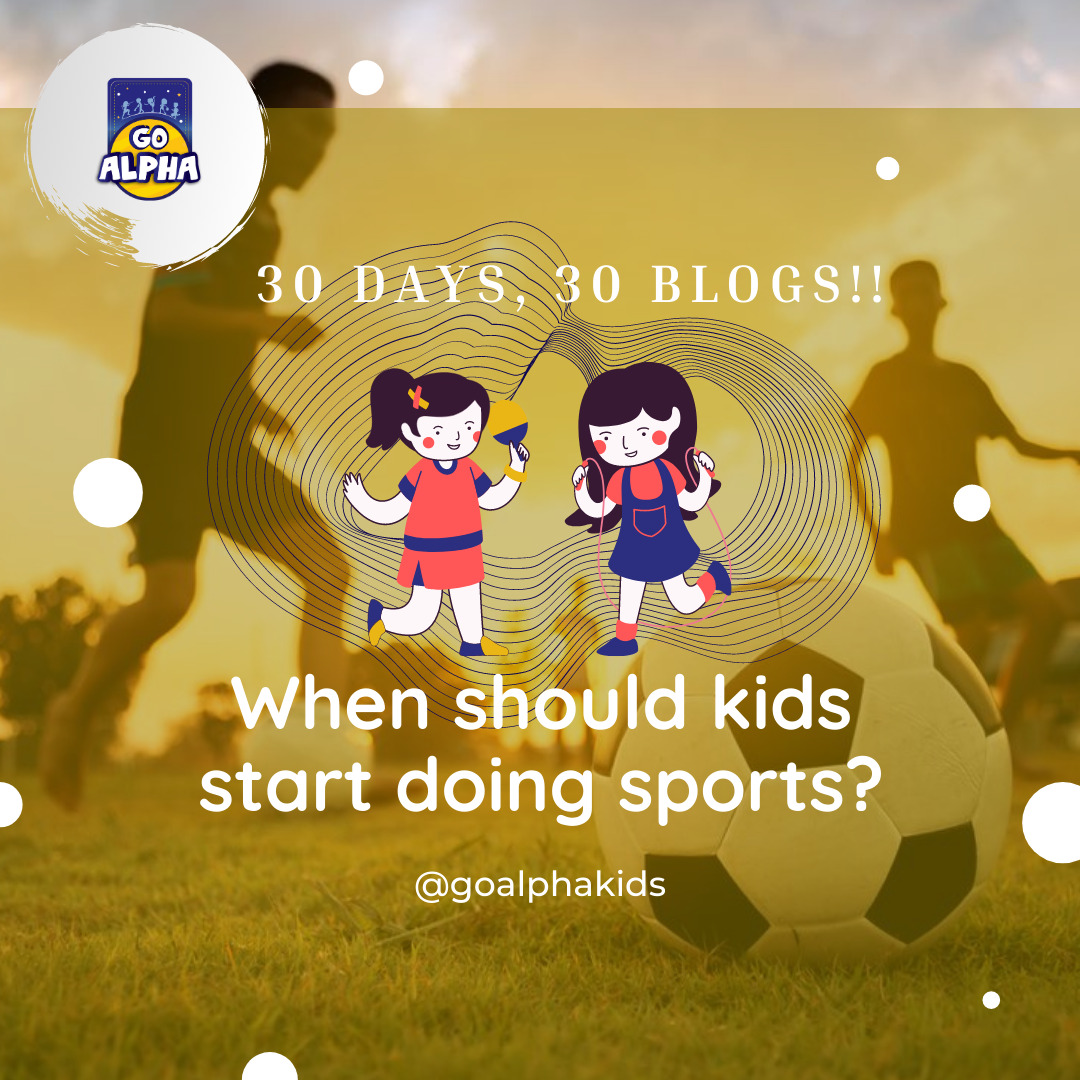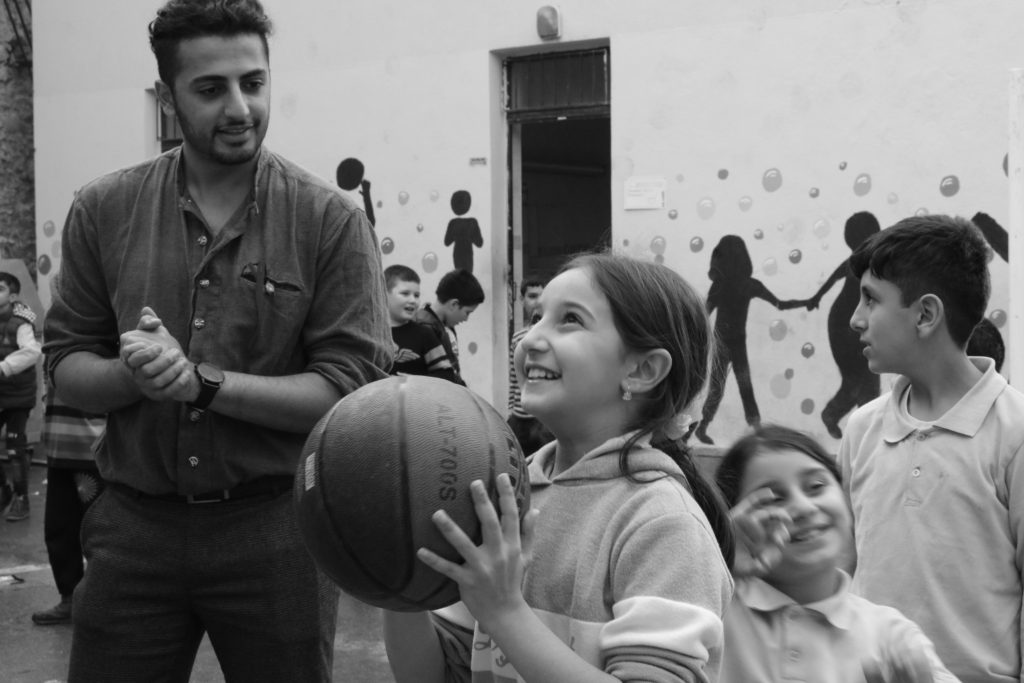



Choosing the right sports dimension and ultimately deciding to start enrolling your kids into sports is a daunting task. There’s always a web of confusion about what the kid can play and at what age; will it put too much pressure, or is it accurate? No matter how clear one gets with all these inquisitions, a fear of ‘Am I doing the right thing? ’ persists. Well, the time to let go of your fears and perplexities is now! Mr. Nikhil Latey’s insightful session on Go Alpha’s Kids Sports Summit cleared out most doubts and dilemmas as swiftly as they arose.
He’s a renowned Physiotherapist and Sports Scientist. He has attended several World Cups and World Champions. Trained best athletes and sportspersons from all around the country who have won laurels for the country at the supremo event: The Olympics. Gagan Narang, Mary Kom, and Saina Nehwal are, to name a few global icons alongside whom he’s worked.
There’s no right age for sports, as we say. It’s just a progressive step-by-step process. It initially focuses on learning to control the muscles to finally having proper control & coordination for execution.
The initial ages, or, as we say, the early childhood, should be more towards physical activities and not entirely sports per se. We’re talking about unstructured sports here. It could range from running, jumping to driving around on scooters and park/ playground activities. The purpose here is to make the activities fun and enjoyable compared to something too particular and boring.
At the age of betterment, the kids, by this time, get better at running, jumping, and throwing. They become adept at putting hands-on harder skills like throwing at a distance. They then move to practice the basic skills and learn new availing skills.
The attention still isn’t as developed, but the balance has improved. A ground for quick decision-making skills, along with attention to detail, comes in naturally through team play and focus.
The kids by this age get better at practicing the hard skills and can try their hands on new complicated skills. The ability to judge the speed & direction of moving objects develops adequately. Learning tactics and game strategies are seen here.
Mr. Nikhil vividly rendered while pinpointing the tiniest details that going through all these stages demands one pivotal thing that needs to be kept in mind. That is, don’t allow your child or force them to specialize too early. The problem of specializing too early is a quandary globally. The significant reason being the parents pushing their kids to be the master of one realm as soon as possible. In this misconception of preparing the kid in singular sports so that he/she attains mastery, the kid has to suffer various severe repercussions.
Every sport has certain movements repeatedly, which means that the muscles continuously used get strong and flexible. In contrast, the muscle group that isn’t being used gets weaker. The gap between the working muscles and the inactive muscles widens, leading to injuries. He reiterated that the severity of such injuries could go up to the surgical levels.


Mr. Nikhil outlined the above components as the pre-requites of any sportsperson. Achieving considerable fitness at each level demands multisports. He points out the ability of multisports in developing an individual holistically. He recommends:
It’s imperative to know that behind every single champion, there’s a team working. This is why team play is quite crucial. It forms the basis for team effort, collaborativeness, and fair play.
After the introductory stage, kids look at improving and maybe even competing. Nevertheless, it’s important to include a warm-up (before activity) and have stretches (after activity). No matter how agile and keen they are to get on a judo mat, jump on the gymnastic equipment or show off their new soccer moves, children can still get injured. The most important part of knowing is to allow your child to specialize only when he/she halfway through their puberty.
Whatever the child’s age, take them to the osteopath routinely for a check-up to ensure that their growth and posture are on the appropriate track. This is a good way of keeping your child healthy and reducing any future physical problems in adulthood.
Written by Aditya
Please fill the form to get more information and set up a FREE Go Alpha Demo at your preschool.